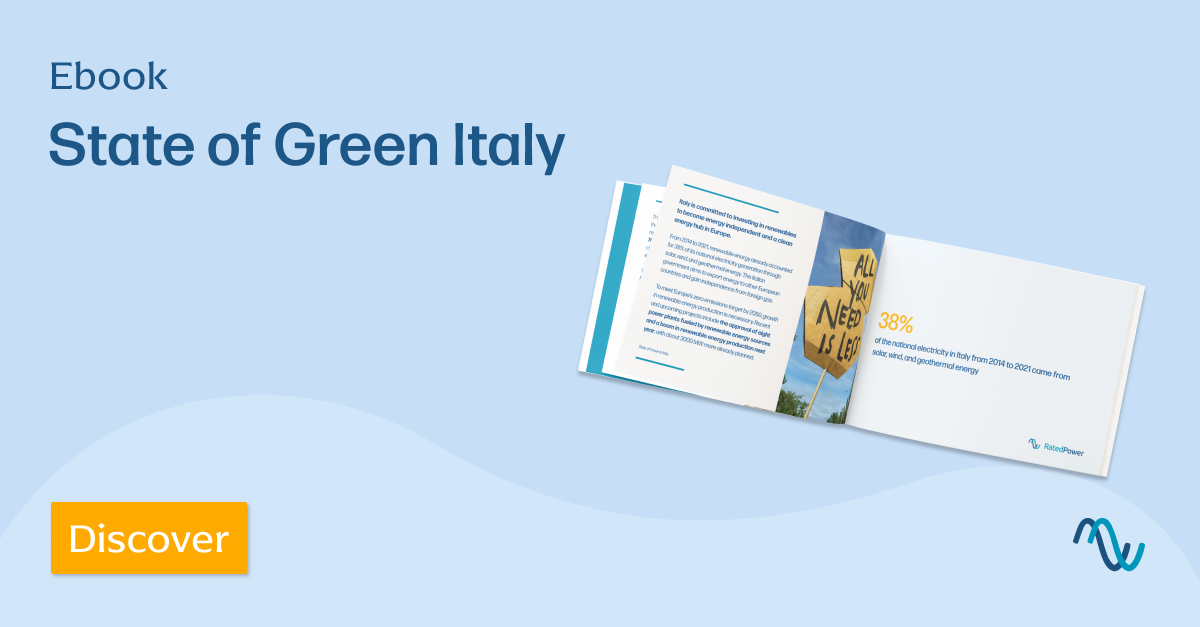- Solar energy blog
- Italy: Solar and renewable energy statistics
Italy: Solar and renewable energy statistics
Our trend report reveals Italy’s solar and renewable energy preferences, including bifacial modules, string inverters, tracker structures, and AC BESSs.


Juan Miguel Sierra
Account Executive
Juan Miguel is a sales professional responsible for Italy at RatedPower. With a background in international business & trade relations, he ensures exponential growth within these markets and the development of RatedPower’s technology.
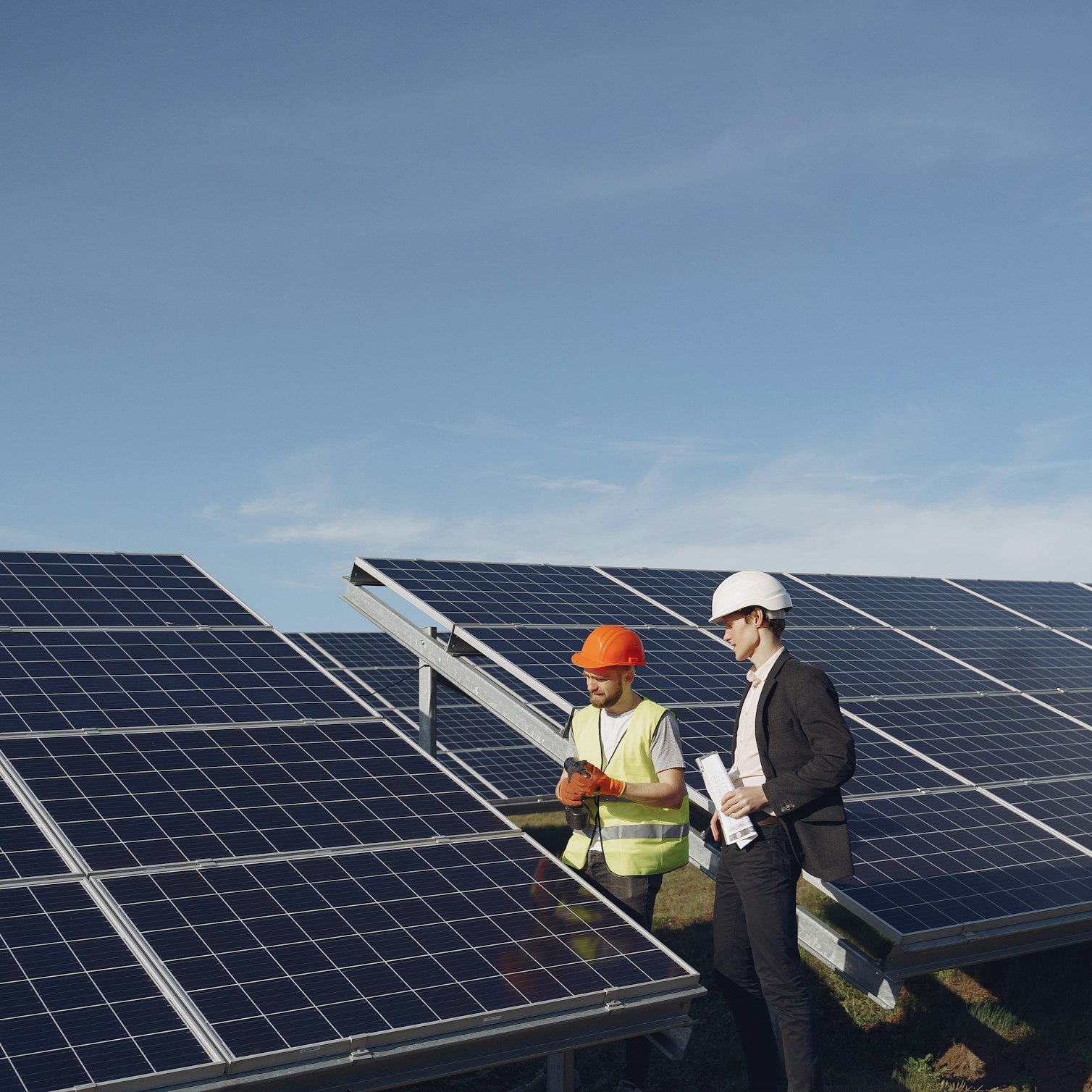
A survey conducted by RatedPower revealed that only 16.7% of respondents rated Italy as their top pick for countries with potential growth in renewables in 2024. This placed the nation 9th overall, significantly lower than other European countries like Germany and Spain, with 25% and 22.6% respectively.
This raises questions about why Italy is perceived as lagging behind its European counterparts. Possible reasons include infrastructure challenges and policy limitations that are slowing the rate of investment into renewables and solar energy in Italy.
RatedPower’s platform data also revealed that Italy’s solar simulations had a low average rated power of 29.96 megawatts (MW) and, of the 20 countries listed, only France had a lower average (14.90 MW). This could suggest that Italy is not yet operating on an industrial scale comparable with other European countries, and this might explain why survey respondents didn’t rank the country’s 2024 renewables potential highly.
Despite this, Italy does have ambitious clean energy goals. By 2050, the country aims for carbon neutrality and is actively taking steps towards its 2030 emissions reduction targets. This includes a plan to have renewables account for 30% of total energy consumption and 55% of electricity generation by the end of this decade.
How is Italy planning on becoming a leader in clean energy production and a significant player in the European energy market? Learn all about it with our State of Green Italy eBook.
To support these goals, the European Commission recently approved a €5.7 billion scheme to develop renewable energy communities up to 1 MW. This scheme consists of a 20-year tariff on electricity consumed by self-consumers and renewable energy communities, financed through a surcharge on all consumers' electricity bills, and an investment grant covering up to 40% of total project costs.
A big part of this journey involves transforming fossil fuels into more practical forms for use. Today, natural gas plays a significant role in Italy's power supply, accounting for 39% of its total as of 2022. Meanwhile, renewable resources are slowly gaining ground within Italy’s energy sector. As of 2022, renewables make up approximately one-third (31.4%) of power generation in Italy. Solar, wind, and hydroelectricity collectively contributed to 35.2% of all electricity generated in 2022 in Italy, marking an 87% growth since 2000.
Italy’s National Recovery and Resilience Plan, backed by the European Union, includes an €11.2 billion investment aimed at enhancing and developing renewable energy technologies, circular economy practices, and water waste management.
About the survey
RatedPower’s 2023 survey was designed to provide deep insights into the renewable energy sector by tapping into the knowledge of industry experts. This comprehensive questionnaire addressed a range of topics, from legislation and incentives to trends, innovations, and challenges.
Survey participants spanned the globe, representing more than two dozen countries. They provided an international perspective on where these professionals believed the industry was heading in 2024 and beyond. The majority — over 88% — work within the solar sector, while the storage and wind power sectors also had a strong representation among respondents.
Italy’s solar energy and renewable preferences
In addition to the survey results, the Trends Report included extensive data from the RatedPower platform. Let’s review some of the most interesting statistics about Italy’s solar and renewable energy preferences.
To check out more data about the whole renewable industry, download the Trends Report 2024 here.
Over 95% of Italy’s solar projects favor bifacial modules
When it came to modules, bifacial panels stood out as the most popular type, with 95.17% of Italian designs using these double-sided panels.
This preference is not unique to Italy. Several other countries, including Brazil, Chile, and the United States, also preferred bifacial over monofacial modules. However, Italy’s preference is markedly stronger than other European countries. While bifacial was still dominant, France, Greece, and Spain all had double the number of monofacial designs as Italy, and Germany had more than four times as many at 20.79%.
Several factors could explain this disparity. Italy enjoys abundant sunlight, making bifacial an ideal choice. Plus, not only are the costs of bifacial modules competitive with monofacial systems, but the enhanced productivity and longer lifespan of bifacial PV systems result in better energy output and durability.
Close to 82% of Italians prefer string inverters
Italy strongly preferred string inverters, making up 81.78% of designs on the RatedPower platform, while central inverters were used in 18.22% of projects. This ratio was very similar to other European countries, with France (78.48%), Germany (86.92%), and Portugal (83.68%) all preferring string inverters.
This preference is primarily due to the size and nature of the solar installations in these regions. Due to their flexibility, string inverters are more suited to smaller-scale residential or commercial applications than central ones. This is because they can handle varying degrees of shading on different parts of roofs better than central units can.
String inverters also tend to be less expensive upfront than their central counterparts. This makes them more popular in the face of budget constraints faced by homeowners and small businesses looking to install solar on their properties.
Just over 80% of Italy’s solar energy systems used tracker structures
One area where Italy differed significantly from its neighbors was in structure preferences. Unlike most European countries, Italy’s solar projects predominantly favored tracker systems, using them 80.02% of the time in the RatedPower platform. Italy only used a fixed system in 18.34% of projects and an East-West structure in 1.64%. In contrast, both Germany (74.49%) and Greece (85.86%) favored fixed-structure systems, while Germany used East-West ones 11.27% of the time.
Despite the required initial higher capital investment, tracker structures are popular because they increase power generation by maintaining panels at the ideal angle to maximize sunlight absorption throughout the day. This results in greater energy output for a given peak power, ultimately leading to improved efficiency and a reduced levelized cost of electricity (LCOE).

Over 76% of Battery Energy Storage Systems used are an AC variety
Italy’s solar designs heavily favored AC Battery Energy Storage Systems (BESS) with 76.81% of projects opting for this type of system, leaving only 23.19% of projects using DC BESSs. This was consistent with other countries, including South Africa, Spain, France, Germany, and Brazil.
The usage of BESS in hybrid solar plant designs was also similar across many countries. Italian hybrids used BESS only 4.27% of the time, while European counterparts France, Germany, Poland, Spain, and Portugal also fell between 1% and 10%. These numbers will likely increase over time as BESS technology becomes more advanced.
Learn how RatedPower can optimize your solar projects with precision and efficiency. Explore our innovative platform today!
Latest stories
Related posts
Market analysis
Defrosting the frozen Nordic solar market
Explore the Nordics’ solar grid challenges and energy transition strategy. Read the blog to uncover policy gaps and solutions shaping Europe’s green future.
Updated 8 JUL, 25
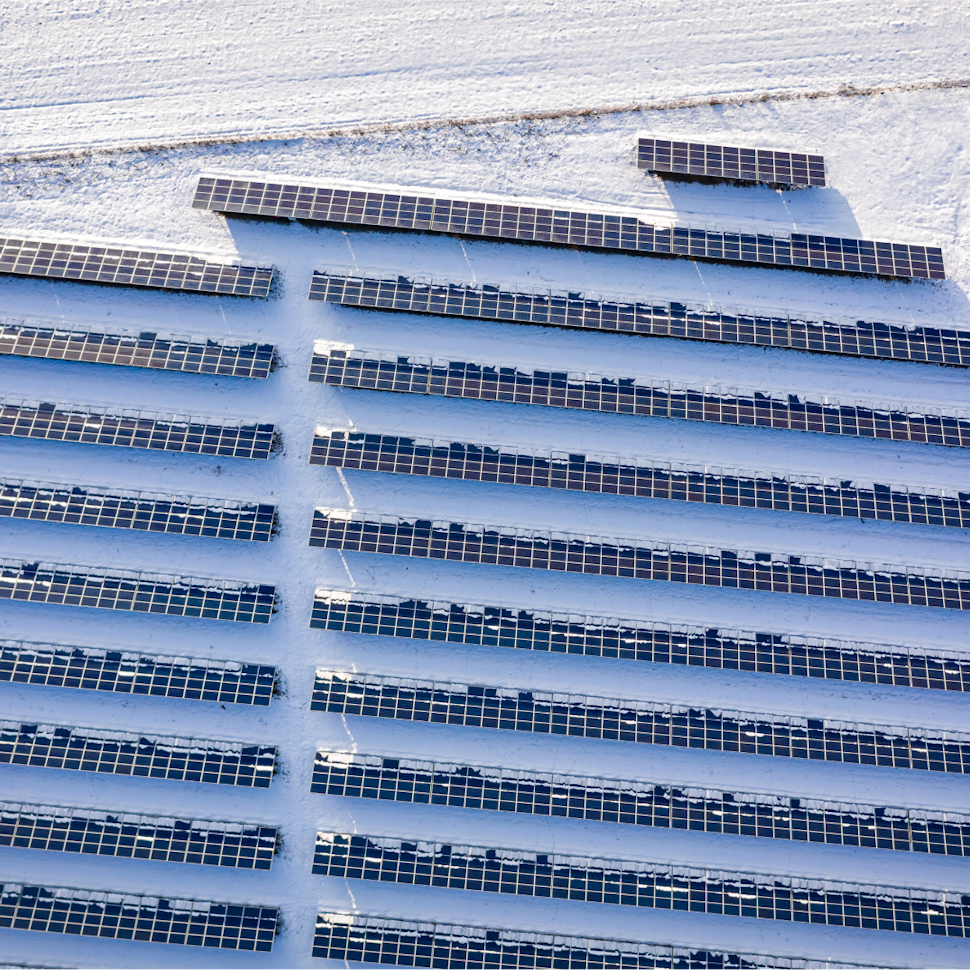
Market analysis
U.S. solar manufacturing grows fourfold, thanks to Inflation Reduction Act
Find out more about the Inflation Reduction Act and how it has increased U.S. solar manufacturing capacity fourfold since the legislation passed in 2022.
Updated 24 JUN, 25
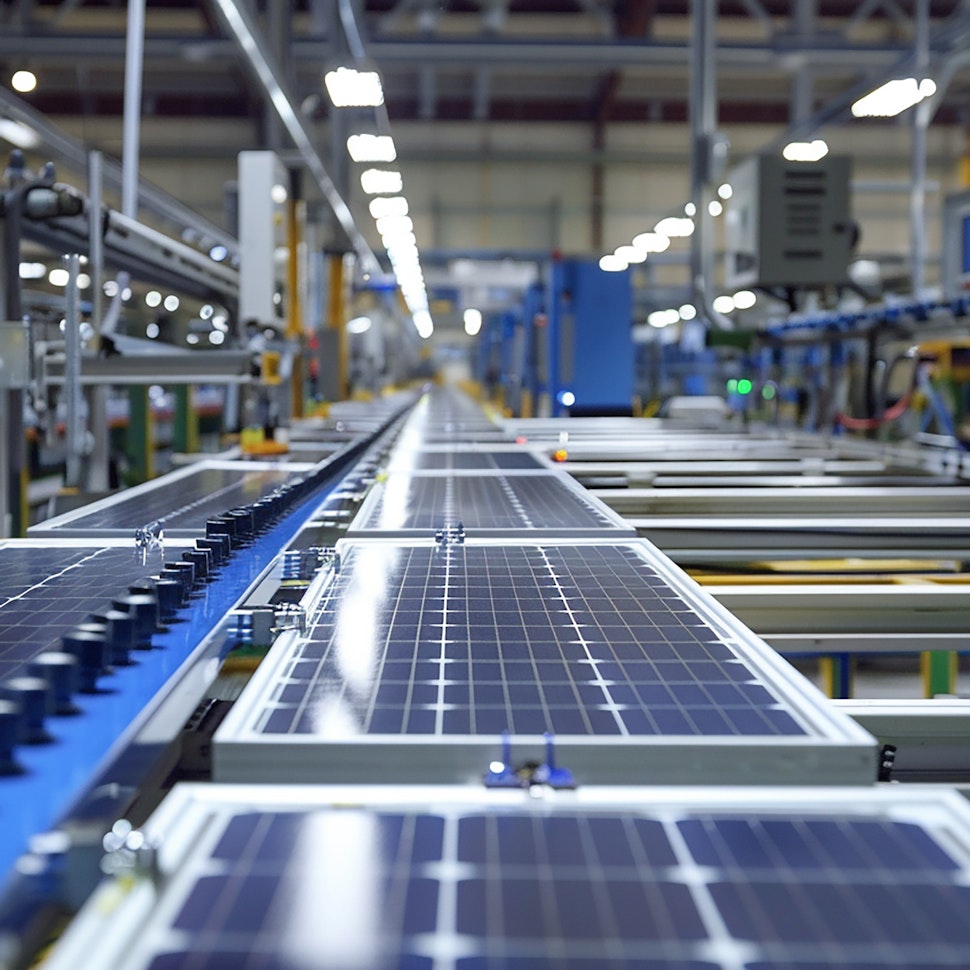
Market analysis
Italy’s €9.7 billion plan to boost renewables and reach net zero
Explore a new state aid scheme helping Italy to work toward a cleaner future and investing in onshore wind, solar PV, hydropower, and sewage gas projects.
Updated 10 JUN, 25
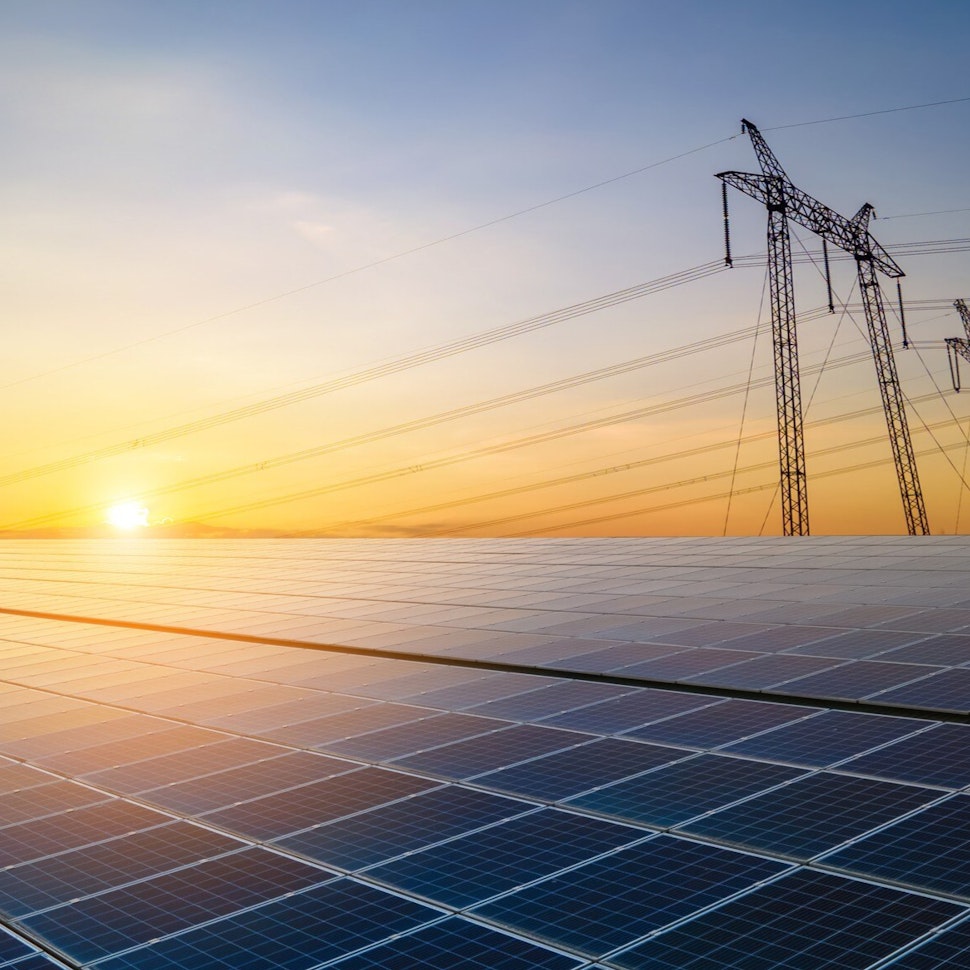
- RatedPower
- Solar energy blog
- Italy: Solar and renewable energy statistics
